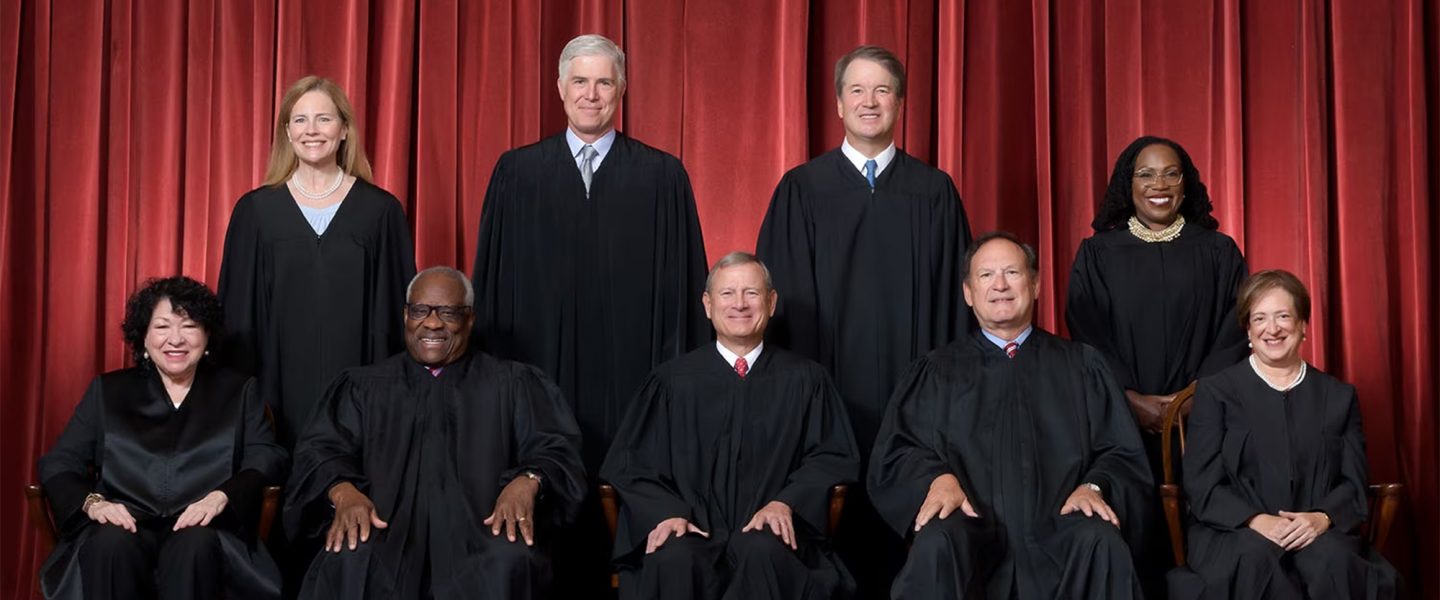Republicans rejoiced Thursday after “their” Supreme Court effectively ended affirmative action in college admissions, and thereby all but guaranteed that fewer Black and Hispanic students will have access to higher education.
|
Listen To This Story
|
Republicans rejoiced Thursday after “their” Supreme Court effectively ended affirmative action in college admissions, and thereby all but guaranteed that fewer Blacks and Hispanics will have access to higher education.
Almost universally, Republicans hailed the decision as a blow to “discrimination.” In their statements, there is a lot of talk about “merit,” but they all fail to mention that institutional racism is still deeply engrained in US society.
Taking that fact into account during college admissions was one way in which many institutions of higher learning tried to address existing inequalities.
It is also important to note that affirmative action had withstood several challenges at the Supreme Court level and was ruled to be constitutional. In previous cases, it was white students who had sued.
This time around, anti-affirmative action activist Edward Blum primarily brought the suits on behalf of Asian students, arguing that they were being discriminated against.
In addition, what changed in this case is that three conservative justices joined the court since affirmative action was last upheld.
As a result, the outcome was different this time.
Strictly along party lines, which is a fair description seeing how the high court has become a political institution, the conservative majority ruled that admissions programs at Harvard University and the University of North Carolina violated the Constitution’s Equal Protection Clause.
Writing for the majority, Chief Justice John Roberts declared that a student “must be treated based on his or her experiences as an individual not on the basis of race. Many universities have for too long done just the opposite. And in doing so, they have concluded, wrongly, that the touchstone of an individual’s identity is not challenges bested, skills built, or lessons learned but the color of their skin.”
That’s a nice sentiment. What it does not take into account, however, is that these “challenges bested” and “lessons learned” are often not the same based on a student’s race.
This is reflected in the dissent of the three liberal justices.
“Today, this Court stands in the way and rolls back decades of precedent and momentous progress,” wrote Justice Sonia Sotomayor. She added that the decision “cements a superficial rule of colorblindness as a constitutional principle in an endemically segregated society where race has always mattered and continues to matter.”
In other words, it would be nice if every applicant would have had the same experiences and opportunities by the time they finished high school. That, however, is not the case, which makes “race-conscious admissions” one tool to level the playing field, as Barack Obama, the country’s first Black president, acknowledged following the ruling.
“Affirmative action was never a complete answer in the drive towards a more just society,” he tweeted. “But for generations of students who had been systematically excluded from most of America’s key institutions — it gave us the chance to show we more than deserved a seat at the table.”
Roberts stressed that the decision should not be construed as “prohibiting universities from considering an applicant’s discussion of how race affected his or her life, be it through discrimination, inspiration, or otherwise.”
This means that universities can explore other options to ensure a diversity of students and experiences on their campuses.




